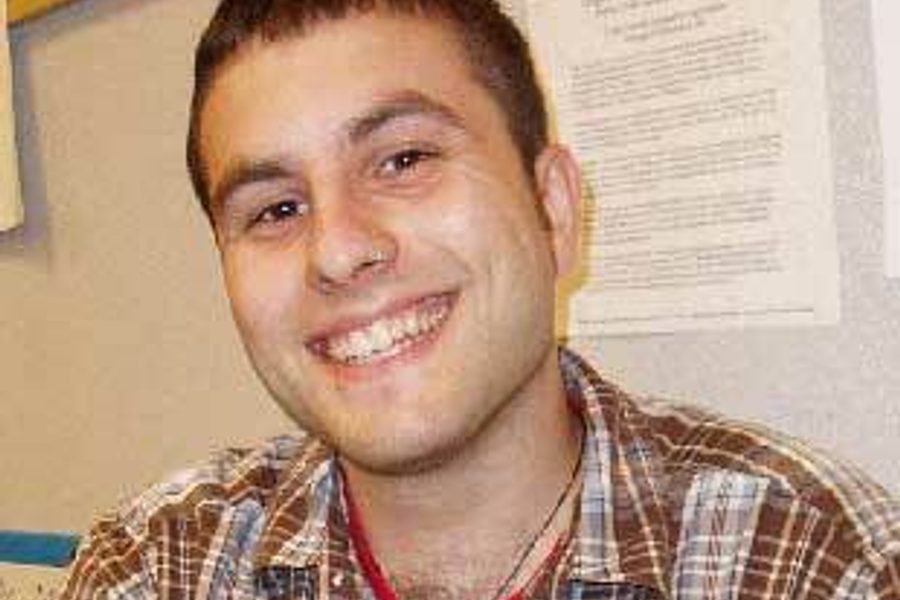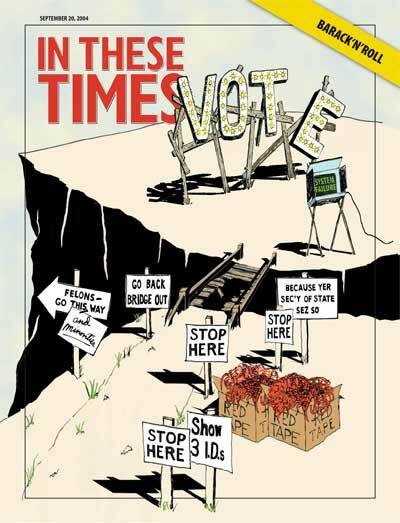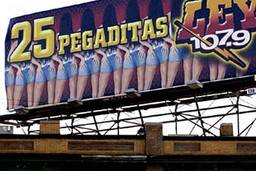
Located three blocks from Madison Square Garden, the New York Civil Liberties Union Protecting Protest Storefront Space is insuring that protesters at the Republican National Convention have the information and legal resources they need. Steve Theberge, a longtime organizer from New York, is coordinating the space.
How did you get the idea for the storefront space and what will be going on there?
The storefront space actually came up at a meeting about six or seven months ago. Folks were thinking about how they were going to work around the Republican National Convention and how we should prepare for what is going to happen. The storefront is our street-level, face-to-face section of what we are doing this summer. We have all of our volunteers based out of the storefront space. We’re going to have most of our staff here the week of the convention and we’re also doing a variety of different trainings at the space throughout August. It is open 10 a.m.-6 p.m., Monday through Friday, as a space where people can come get information about the demonstrations that are happening and talk to people about what their legal rights are as demonstrators.
What is the best thing protesters can do?
Be aware of what the climate is, in the city and police department and in the atmosphere that they, as well as the protests, are creating. The most important things are to watch the news, pay attention to everything that is happening on the street and also bring water. We are anticipating peaceful, lawful, safe demonstrations that will be a perfect example of the power of democracy in this country; we are also prepared for the possibility that this will not happen.
What is your favorite protest or public display you’ve seen recently?
People are being so incredibly creative around the convention that there is not just one thing that I can point to. Personally, I think the Paul Revere ride down Lexington Avenue is pretty creative [7 p.m. on August 24, www.greenedragon.org]. These folks are planning to ride down Lexington Avenue announcing that the Republicans are coming. Also, the map that has been created, The People’s Guide to the Republican National Convention, [www.rncguide.com], is a pretty amazing piece of information that has been put out. It’s a very detailed map and guide about the different events that are happening.
There has been a lot of talk about how protest is changing. What do you think are some of the most effective forms of protest emerging?
We have seen in the past couple of years in New York City a really impressive and significant effort made towards building coalitions, uniting and working with a variety of organizations toward a common cause. We haven’t seen this kind of unified effort in quite a few years — so that’s quite impressive to me. Also, people are embracing very creative means of expression, different kinds of street theater and visual art. For me personally, one of the most beautiful things coming out of the convention this year is the explosion in creative art — the T-shirts, the buttons, the stickers. An amazing amount of work is being put into expressing dissent. People are really coming up with new and innovative ways to engage in this kind of dialogue and conversation.
Do you think this political expression will have life past the election?
I can only hope so. Everyone recognizes that the election is only the first hurdle, that there are many things that have been set in place over the past few years that need to be reformed or worked through. On my most optimistic and naïve days, I think that the energy and the unity and the power of dissent that built up over the past few months leading up to the convention will carry through afterwards. On my pessimistic days I worry about the scare tactics and fear-mongering that things like the Patriot Act do. So much is up in the air that it’s difficult to say which way we’re gonna go.







